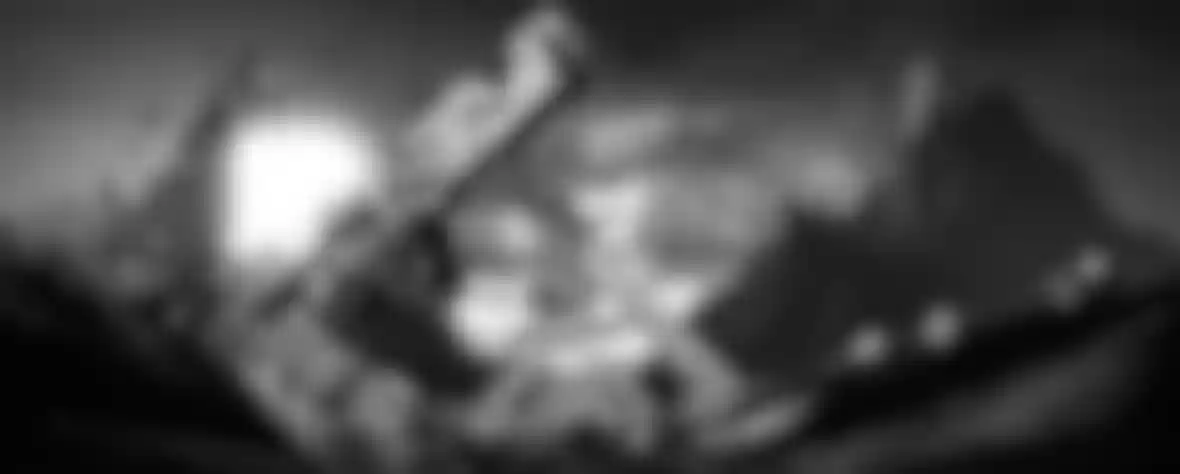
Destruction An event management company asked Trevor Kerr to supply video and image material for concerts. Motion graphics artist Trevor Kerr used Cinema 4D to bring his client's vision to life!
For motion graphics artists who make concert visuals, creative direction often comes down to "Oh, make some kind of blinky thing." So Trevor Kerr always appreciates when he gets to collaborate with clients on visuals that are more interesting and challenging, like a recent project he did for the international visual group, Comix. With "destruction" as the theme, Kerr was asked to create several clips for Comix's library of stock footage for festivals.
With just five days to complete the project, Kerr used Cinema 4D, Turbulence FD, X-Particles and After Effects to create black-and-white, high-contrast clips with an epic landscape feel. For inspiration, Comix provided mood boards that included a few stills from Woodkid's "Iron" video. "They also gave me stills showing columns of things crashing down, a frame with a rocky texture and smoke," Kerr recalls.
The goal was to create visuals that had momentum and were a bit ominous. "A lot of the music in the EDM (electronic dance music) culture has kind of a dark element to it, and it's clear that's what Comix was going for with this," Kerr says. "My natural tendency is to take things in a darker direction, so I understood what they were looking for." (See a looping video of the clips he created with music composed by Starcadian, here).
Music and Visuals
Kerr is a full-time freelancer these days. Before that, he worked quite a bit for Good Theory Studios, formerly known as Media Evolutions. Kerr met the company's founders when he was just 16 and playing in a band. They gave him a job doing audio and before long he started using After Effects to create concert graphics. By 2010, Good Theory was looking to incorporate more 3D into their projects and Kerr noticed a colleague teaching himself to use Cinema 4D.
"What pulled me in was the look of the interface," he recalls. "I really liked the hierarchy of the layers in the Object Browser, and right off the bat I thought: 'Now, this is something I can understand.'" Over the years with Good Theory, Kerr helped create visuals for artists such as The Black-Eyed Peas, Nicki Minaj, Jennifer Lopez, Maroon 5 and Avicii. He has also collaborated on graphics packages for network broadcasts, including the American County Awards.
In addition to being a motion graphics and 3D artist, Kerr also freelances as a cinematographer. Eventually, he would like to be doing video game cinematics. "To me, that would be the perfect blend of cinematography elements and 3D," he says, explaining that lately his heart is in creating cinematography elements in the 3D world. "I've always been a fantasy video game enthusiast, and being able to combine my two biggest passions (cinematic arts and fantasy) would be something of a dream for me."
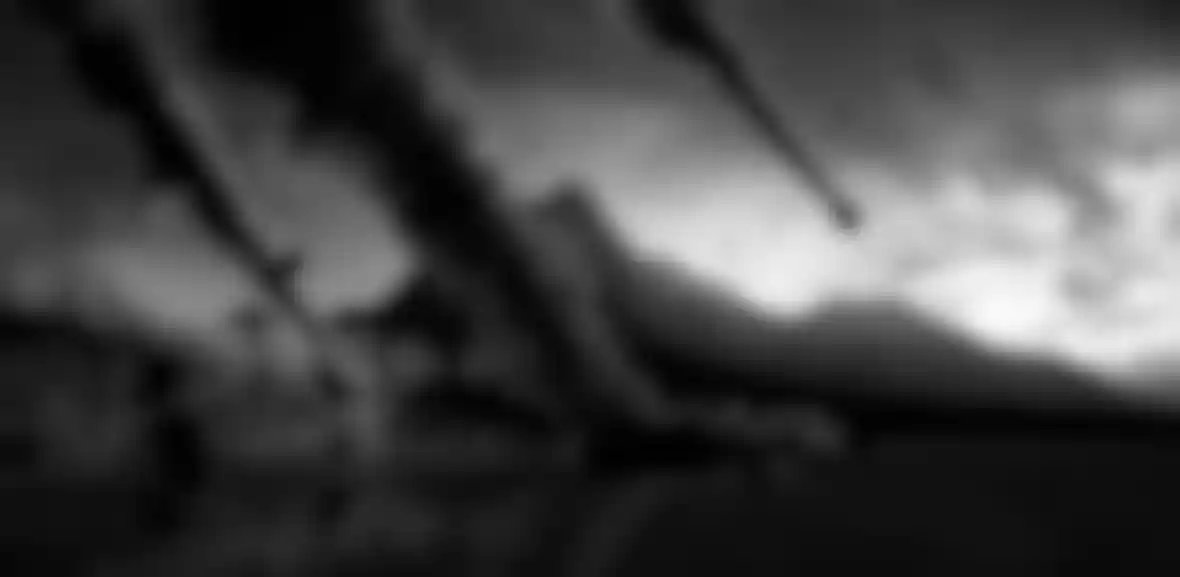
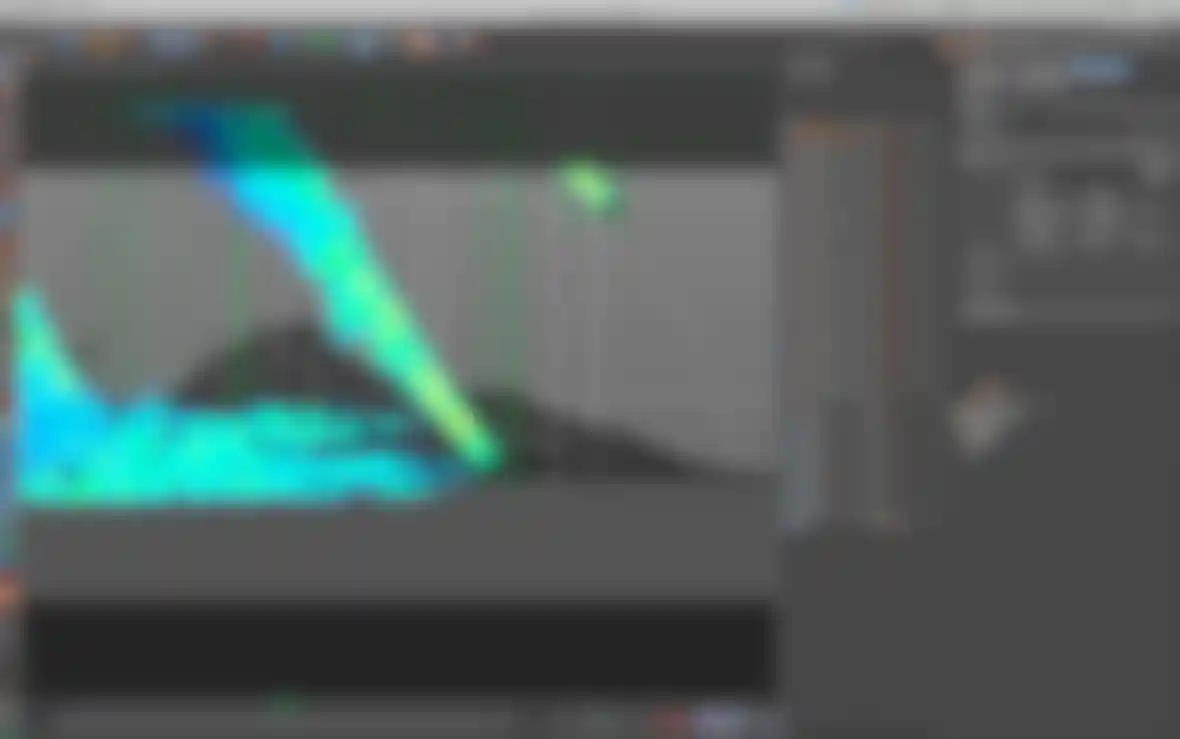
Dark World
Though the Comix project's deadline was tight, it helped that Kerr had worked with them in the past and was familiar with the company's creative process. After getting approval on the ideas he came up with based on the mood boards, Kerr was already off to a good start because he took the time to get the camera animations right for the pre-visualization. "In the music industry, you don't have a lot of time and there often isn't a ton of budget, so you have to do as much as you can in a couple of days of work," he says.
Kerr generated the dystopian landscape using Cinema 4D's landscape object, and he used a volumetric lighting trick that he likes to efficiently create fog and smoke. By specifying an "Include" list but not placing anything on that list, he allowed the volumetric light to render quickly because it was not interacting with any other scene elements. The sky was composited in using After Effects' compositing project file (AEC files). Small particles in the sky were composited in afterwards using stock footage from Motion VFX.
While he was asked to create certain elements and looks for the Comix project, he also had a lot of freedom to experiment with tools and techniques. So when he was tasked with creating scenes that included a huge meteor-like rock hurtling through a dark void, he figured out ways to make that interesting. Using a displacer effector, he made the meteor by layering several displacers on the surface of a sphere primitive.
Next, he selected areas on the surface of the object to create glowing pockets of light using polygon selections. "I used X- Particles to emit just from those surface selections, and I made a very low-polygon version of the rock to serve as a collider object so the X-Particles weren't passing through the rock," he says. After using volumetric lighting to break up some of the geometry, Kerr made a second X-Particle system to create the small pieces coming off the larger meteor. "After I lit everything, I hit render and used a depth pass to make the orientation points that draw your eye," he continues.
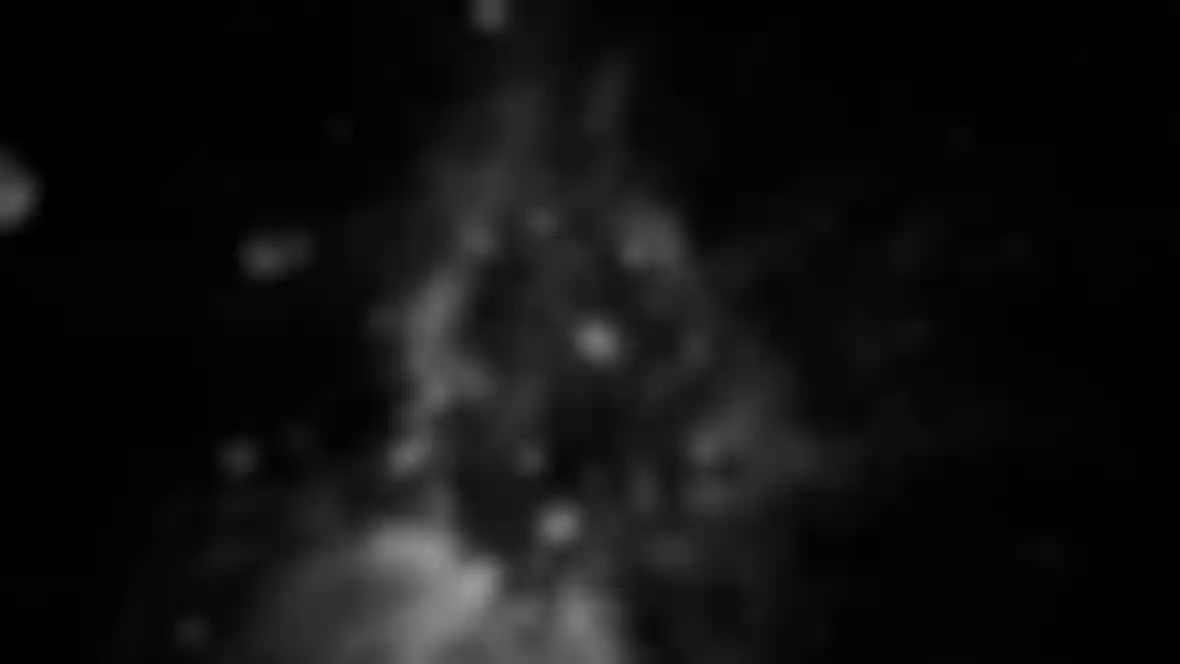
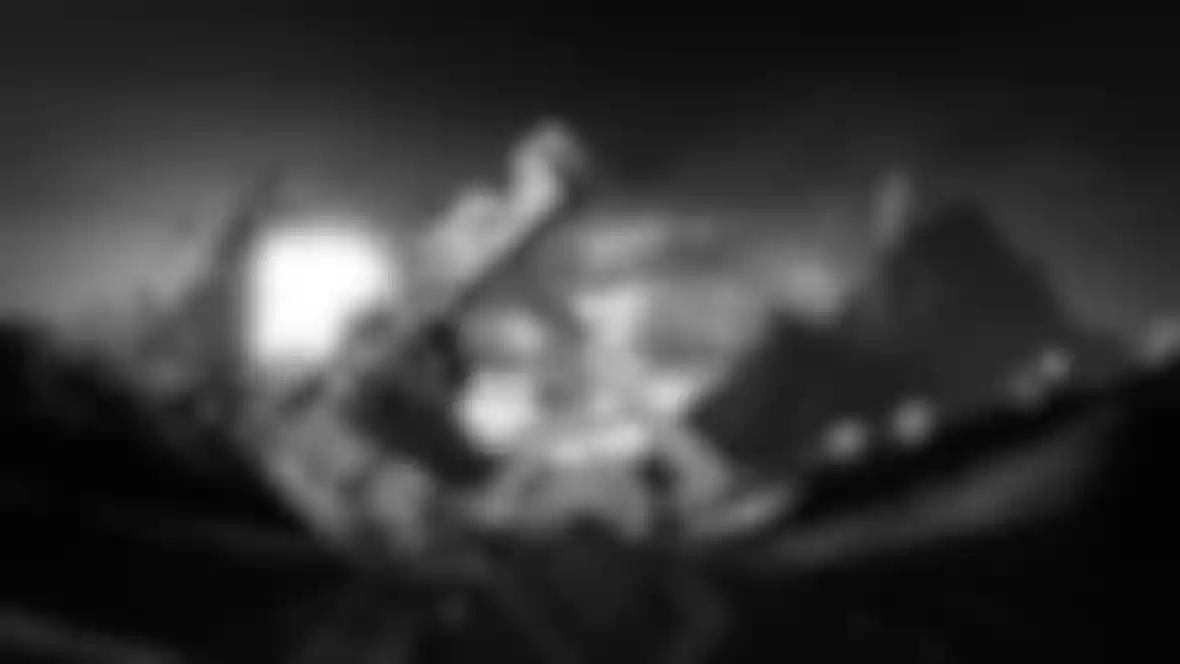
Explosions, Fire and Smoke
Creating the visuals in which columns fall as explosions are happening all around was somewhat tricky because of the looping Dynamics, Kerr says. Everything needed to be the same in the first frame as the last (Watch his breakdown of the looping mechanisms he used here).
The fracturing plug-in NitroBlast was used to create three separate explosions. "I like the look of multiple explosions," he says. "It brings your brain into it a little more, especially if you're doing slow motion because your brain has more time to break things down."
He made a simulation and used SteadyBAKE to turn it into a point-level animation so he could have a key frame for every point, allowing him to offset the points in time. Explosions happen in all directions, so there are particles in front of the camera and also in the reflections, which have to match the first frame in order to loop.
X-Particles did most of the heavy lifting to create the shape of the clouds of smoke as well as the smoke trails. X-Particles were emitted from the polygons of the point-level animation simulation, offering viewport feedback in real time. Hence, adjusting things like the way the wind carried smoke volumes became a relatively easy task (Check out Kerr's smoke tests here).
"Turbulence FD can be set up to inherit forces from the X-Particles, and from there it's mostly just simulate and tweak your smoke shader," he says, adding that between the powerful plug-ins and Cinema 4D he is able to get results often expected of a pipeline of artists. "I'm just one guy taking on what a studio normally does and that's just because the tools allow us to do these kind of things now," he says.
More WIP Videos:
www.vimeo.com/107854707
More works by Trevor Kerr:
www.kmd.cgsociety.org